Let’s be real, market research, target audience research, keyword research, it’s not fun unless you’re a nerd like us who loves this kind of stuff.
But if you roll up your sleeves and just do it, all this research is insightful, enlightening, and teaches you exactly how to reach the people you want to help. Isn’t that worth it?
Keyword research, in particular, teaches you what type of content your customers want and how to get in front of them on search engines and social media for organic growth.
Toward the bottom of this article, we show you how powerful keyword research can be by sharing with you a campaign plan powered by keyword research (and target audience research) for an online drawing class on exploringnotboring.com by Noeline Cassetari called Meet and Draw a Koala. If you want to see keyword research in action, make sure to check that out or jump there now!
What are keywords?
So glad you asked 😜
Keywords are specific words or phrases that people use when searching for information, products, services, or content on search engines like Google, Bing, or social media platforms. These words and phrases are the queries individuals type into search bars when looking for something online. Keywords play a pivotal role in search engine optimization (SEO) and digital marketing because they determine which content or websites appear in search results.
In essence, keywords are like the signposts of the internet, guiding users to relevant content.
Effective keyword selection helps content creators and businesses ensure that their web pages, blog posts, advertisements, and other online materials appear in search results when users are looking for information or solutions related to their offerings.
The two most common types of keywords are short-tail and long-tail keywords:
- Short-Tail Keywords:
- Length: Short-tail keywords are typically one to three words in length.Specificity: They are broad and often general terms.Search Volume: Short-tail keywords usually have high search volumes because they are broad and capture a wide range of search queries.Competition: They are highly competitive, with many websites and businesses targeting them.
Example: “earth sciences festival,” “digital camera,” “travel.” - Long-Tail Keywords:
- Length: Long-tail keywords consist of three or more words, forming a specific phrase.Specificity: They are highly specific and often reflect a user’s intent or a niche topic.Search Volume: Long-tail keywords typically have lower search volumes because they target a narrower audience.Competition: They are less competitive, making it easier to rank for them in search results.
Example: “community festival with workshops for earth sciences,” “best digital camera for landscape photography,” “budget travel tips for backpackers.”
Click here for the full list of all the different types of keywords.
What is the basic purpose of keyword research?
Keyword research is how you learn what terms people are searching online to find you. It’s your bread and butter for growing organically through popular search engines like Google.
Once you have a grasp on the search terms people type into search engines like Google to find what you offer, you can then include them strategically in your content so you actually show up on search engine results pages (SERP).
Search engines also serve up social media content, and social media algorithms also use keywords to serve content. Knowing your keywords and how to use them is a superpower in marketing!
What’s the most important part of keyword research?
The KEY is to find the WORDS people use when they have the intent to buy what you offer. This is called user intent.
User intent simply refers to the motive behind an internet search. The motive might be strictly informational—the user is in the research phase—or the user might be in purchase mode and searching because they’re ready to buy.
Your goal is to meet people where they are and provide the information they’re looking for online and want to know. You do this by creating content and online pages (like your website or online Listings) to give them what they’re looking for at each stage in their buyer’s journey: pre-sale, purchase, post-sale.
Two important factors to consider when choosing keywords:
- Traffic Volume
- Competition
Selecting keywords with a good balance of traffic volume and competition increases your chances of ranking well in search results and actually being visible to your target audience. If you diversify your keyword portfolio by including a range of traffic volumes and competition levels, you can reduce your vulnerability to changes in search engine algorithms or market dynamics, and maximize your chances of achieving your marketing goals.
Keep in mind, highly competitive keywords (like many short-tail keywords) often require significant resources and effort to rank well. The choice between short-tail and long-tail keywords depends on your specific goals and target audience. Short-tail keywords can generate more traffic due to their high search volume, but they often bring less targeted visitors. Long-tail keywords may bring fewer visitors, but they are more likely to attract individuals actively seeking what you offer, leading to higher conversion rates.
In many cases, a balanced approach that includes both short-tail and long-tail keywords in your SEO and content strategy can be effective. Short-tail keywords can help with visibility, while long-tail keywords can drive highly qualified traffic.
So, how the hell do I start keyword research?
Embarking on keyword research can feel like navigating uncharted territory, but fear not! Let’s break down the straightforward steps to get started, show you the results of our keyword research for the exploringnotboring.com online drawing class—Meet and Draw a Koala—and give you our FREE Keyword Research Template for Experience Creators so you can master your keyword research for greater organic growth.
How to Do Your Keyword Research
First things first, download our FREE Keyword Research Template to record your findings. Then keep reading below for some simple steps to delve into the keywords you need to dial up your marketing.
- Use Google Keyword Planner
- Check Google Trends
- Leverage other free keyword research tools like Semrush and answerthepublic.com
- Search your keywords on Google and review the auto-suggestions to find long-tail keywords people are also using in their queries to find an offer like yours:
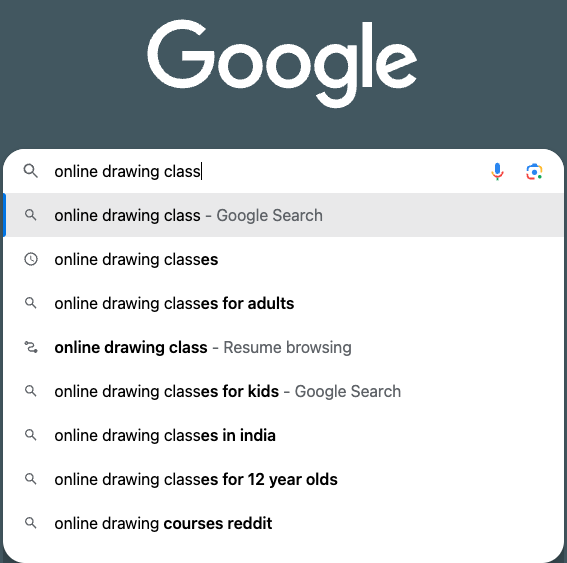
- Review Google’s “People Also Ask” section for more keywords and content ideas:
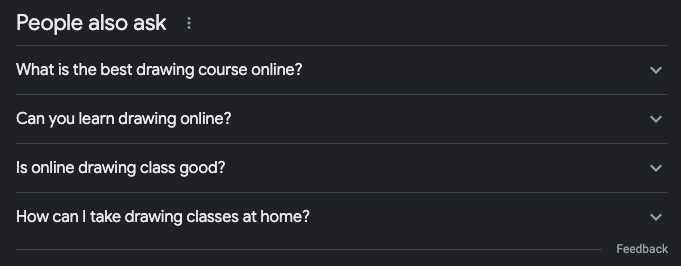
This “People Also Ask” section on Google is typically located near the top of the page under the first organic listing or sometimes down the page under the main organic listings, like this:
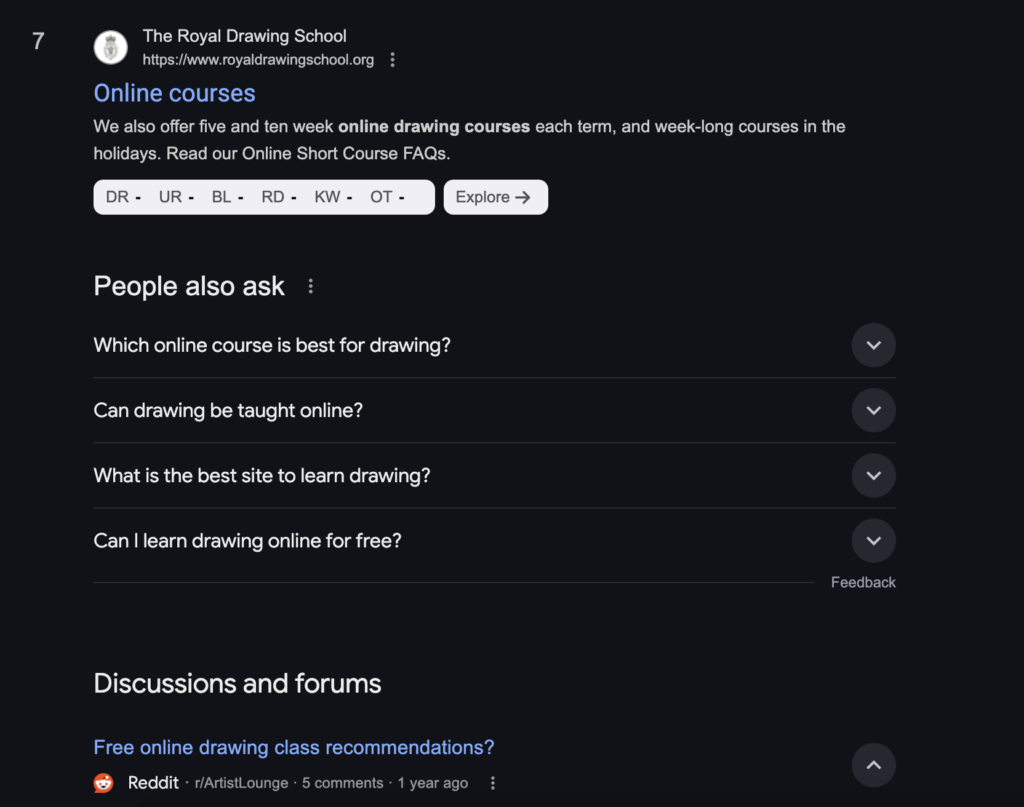
- Scroll down Google’s search results page to find more potential long-tail keywords:
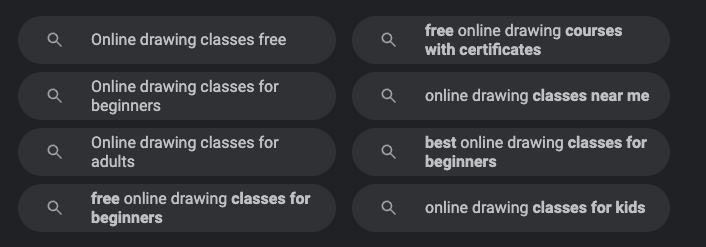
- Review the search results to see what type of content is organically ranking for your keywords:

- Look at the keywords your competitors are using and learn from them.
Check Out Our Keyword Research Results!
To show you how powerful keyword research can be, we’re sharing with you a campaign plan powered by keyword research (and target audience research) for an online drawing class on exploringnotboring.com by Noeline Cassetari called Meet and Draw a Koala. Check out the campaign plan powered by keyword research below:
Full List of Common Types of Keywords:
Keywords can be categorized into various types based on their characteristics and usage in digital marketing and SEO. Here are some common types of keywords:
Most Common Types of Keywords
- Short-Tail Keywords: These are brief and often generic keywords consisting of one to three words. They have high search volumes but are less specific.
- Example: “shoes,” “travel,” “camera.”
- Example: “shoes,” “travel,” “camera.”
- Long-Tail Keywords: Long-tail keywords are longer and more specific phrases, typically containing three or more words. They have lower search volumes but are highly targeted.
- Example: “best running shoes for flat feet,” “budget travel tips for backpackers.”
- Example: “best running shoes for flat feet,” “budget travel tips for backpackers.”
- Branded Keywords: These include a brand’s name or variations of it. They are used to find information or products related to a specific brand.
- Example: “Nike shoes,” “Apple iPhone.”
- Example: “Nike shoes,” “Apple iPhone.”
- Non-Branded Keywords: These keywords do not include any brand names and are typically used for general searches.
- Example: “running shoes,” “smartphone reviews.”
“Gettin’ Fancy” Types of Keywords
- Primary Keywords: Primary keywords are the main focus of a web page or content piece. They often represent the core topic.
- Example: “digital marketing,” “healthy recipes.”
- Example: “digital marketing,” “healthy recipes.”
- Secondary Keywords: These are supporting keywords related to the primary keyword. They help provide context and depth to the content.
- Example (Primary): “travel destinations.”
- Example (Secondary): “best travel destinations for families,” “affordable travel destinations.”
- Negative Keywords: Negative keywords are used in pay-per-click (PPC) advertising to exclude certain terms from triggering an ad. This helps refine the ad’s targeting.
- Example: If you sell high-end smartphones, you might use “cheap” as a negative keyword to avoid appearing in searches for “cheap smartphones.”
- Example: If you sell high-end smartphones, you might use “cheap” as a negative keyword to avoid appearing in searches for “cheap smartphones.”
- Competitor Keywords: These keywords target the brand names or products of competitors to capture their audience.
- Example: “alternative to [competitor’s product].”
- Example: “alternative to [competitor’s product].”
- Evergreen Keywords: Evergreen keywords remain relevant and in demand year-round, as opposed to seasonal keywords.
- Example: “how to tie a knot,” “basic cooking techniques.”
- Example: “how to tie a knot,” “basic cooking techniques.”
- Informational Keywords: Informational keywords are used when users seek information or answers to questions.
- Example: “how to tie a tie,” “benefits of meditation.”
- Example: “how to tie a tie,” “benefits of meditation.”
- Geo-Targeted Keywords: These keywords include location-specific terms and are used to target local audiences.
- Example: “coffee shops in New York,” “Los Angeles car repair.”
- Example: “coffee shops in New York,” “Los Angeles car repair.”
“Gettin’ EVEN Fancier” Types of Keywords
- LSI Keywords (Latent Semantic Indexing): LSI keywords are semantically related to the main keyword and help search engines understand the content’s context.
- Example (Main Keyword): “apple”
- Example (LSI Keywords): “fruit,” “iPhone,” “MacBook.”
- Seasonal Keywords: Seasonal keywords are related to specific times of the year or events and are used for seasonal marketing campaigns.
- Example: “summer fashion trends,” “holiday gift ideas.”
- Example: “summer fashion trends,” “holiday gift ideas.”
- Transactional Keywords: Transactional keywords indicate user intent to make a purchase or take a specific action.
- Example: “buy iPhone 13,” “sign up for yoga class.”
- Example: “buy iPhone 13,” “sign up for yoga class.”
- Navigational Keywords: Navigational keywords are used when users are looking for a specific website or online destination.
- Example: “Facebook login,” “YouTube homepage.”
- Example: “Facebook login,” “YouTube homepage.”
- Emerging Keywords: These keywords are related to new trends, technologies, or emerging industries.
- Example: “metaverse technology,” “crypto art.”
- Example: “metaverse technology,” “crypto art.”
Choosing the right mix of keyword types is essential for a comprehensive and effective digital marketing and SEO strategy. We hope you found this article helpful! Let us know your thoughts in the comments.









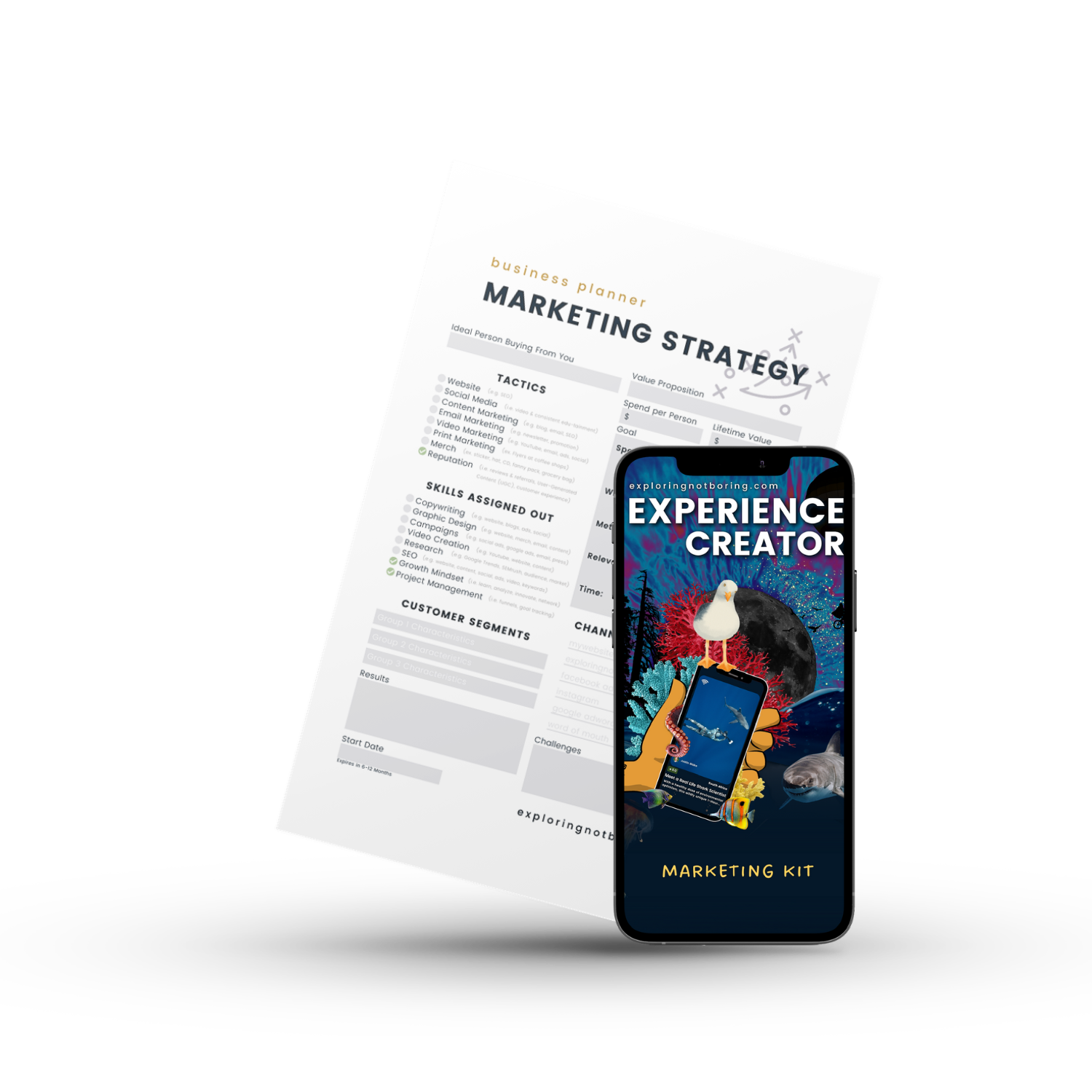

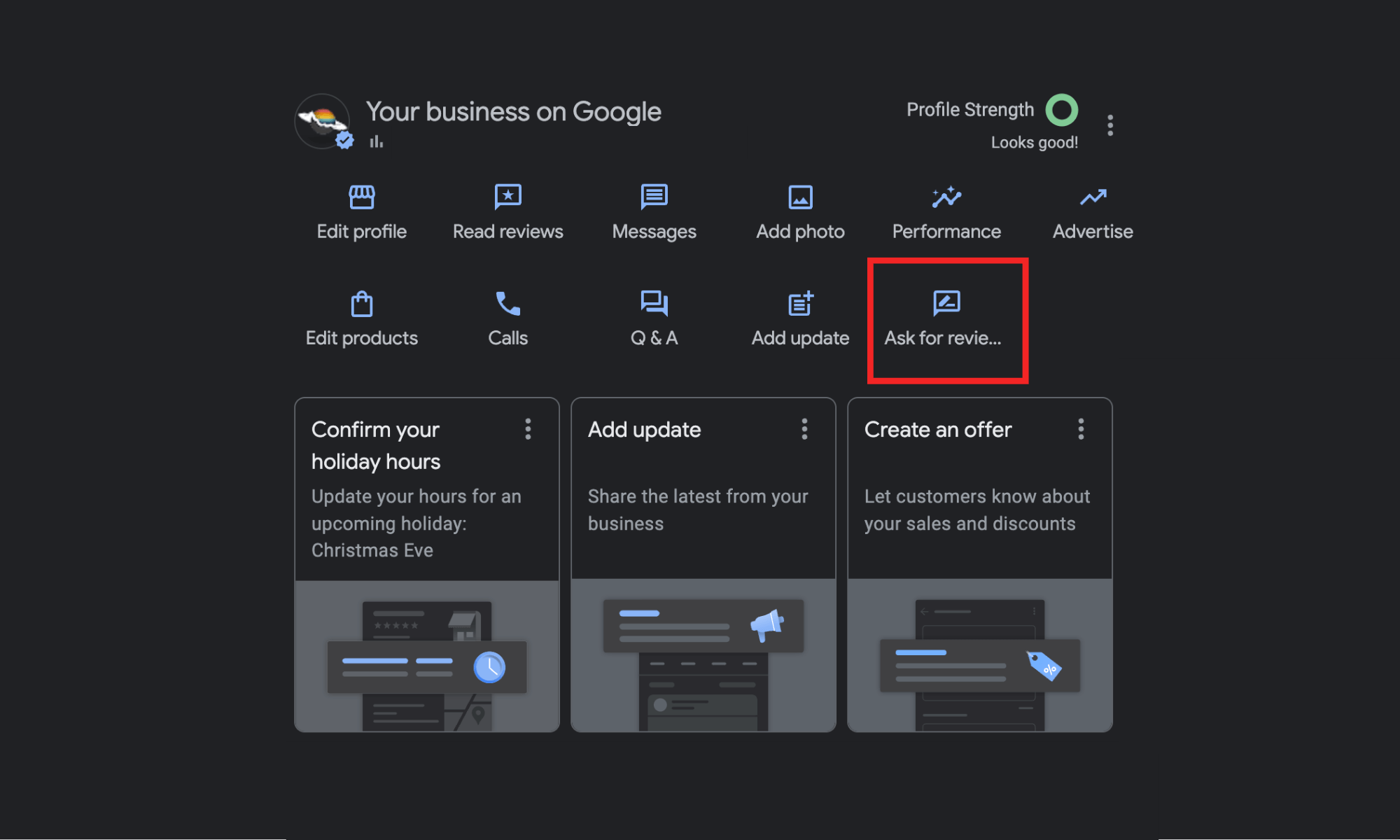
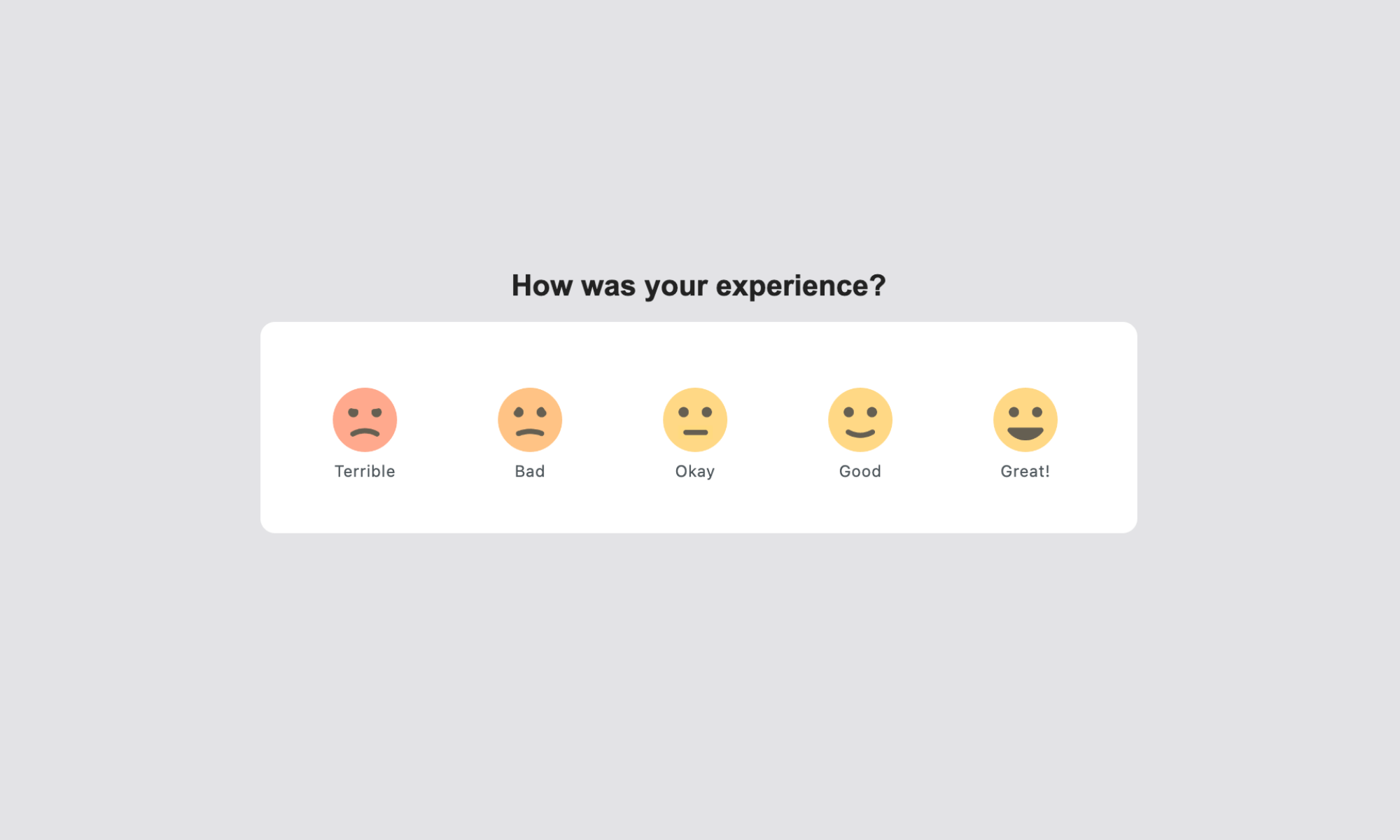
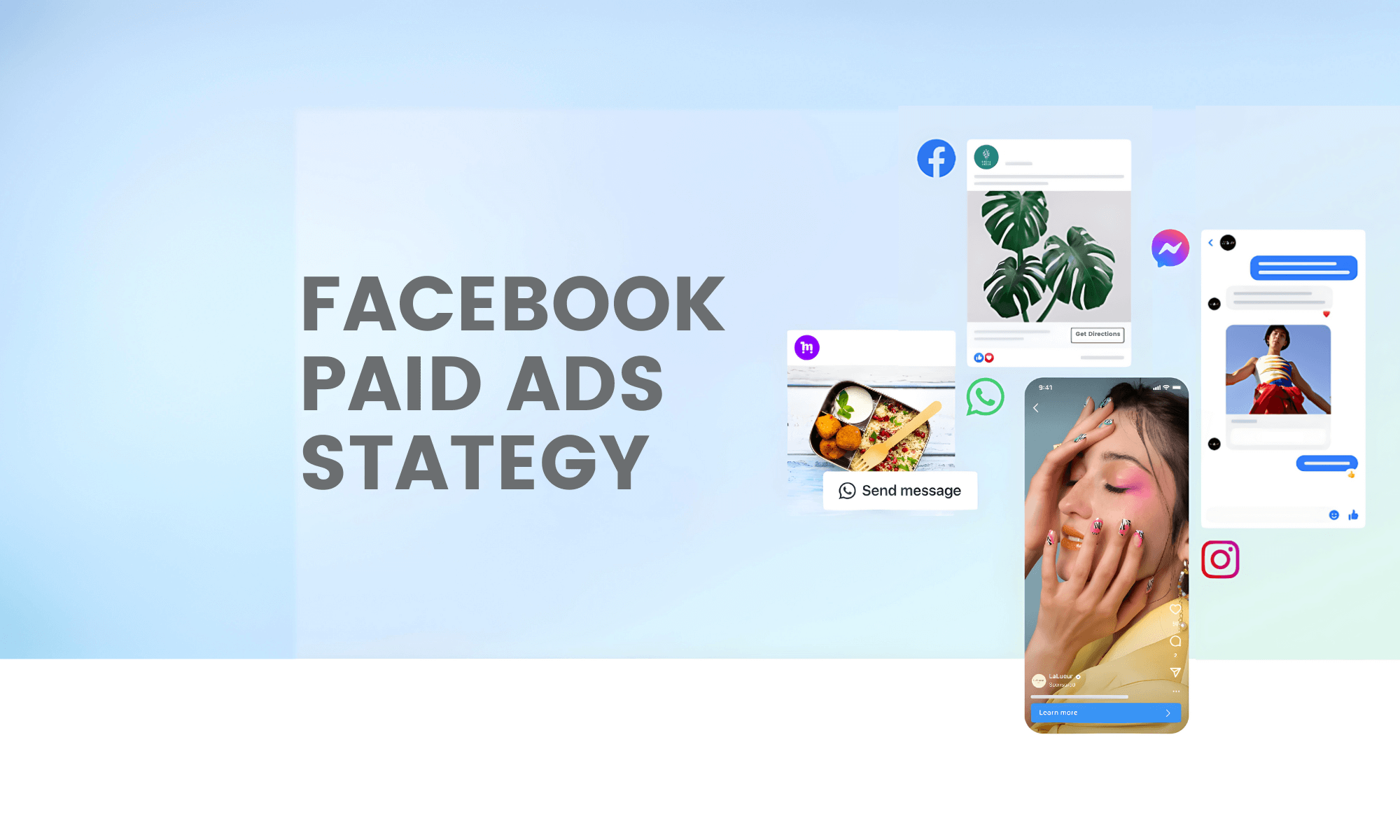




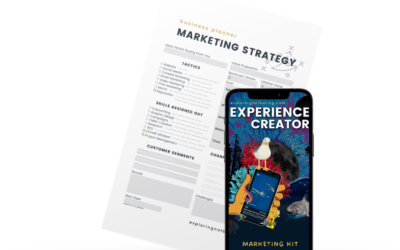

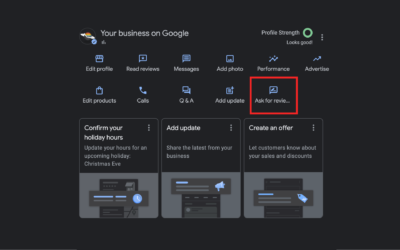
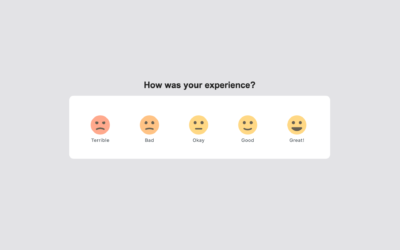
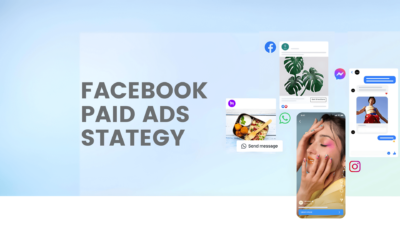

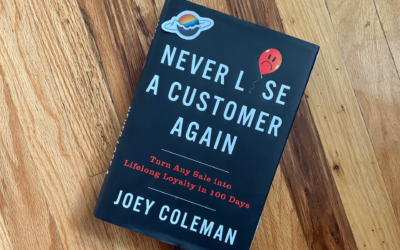
0 Comments